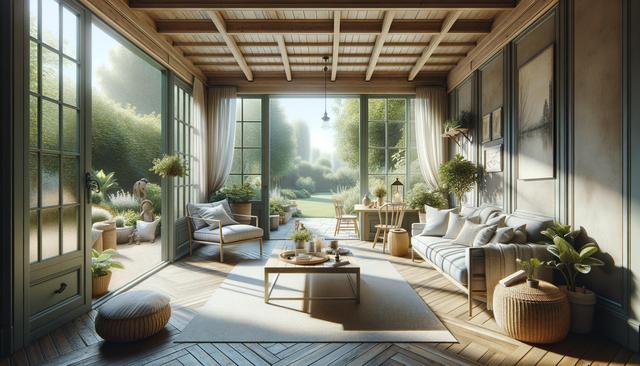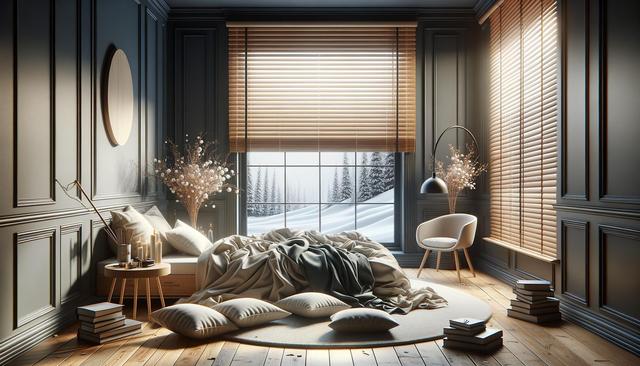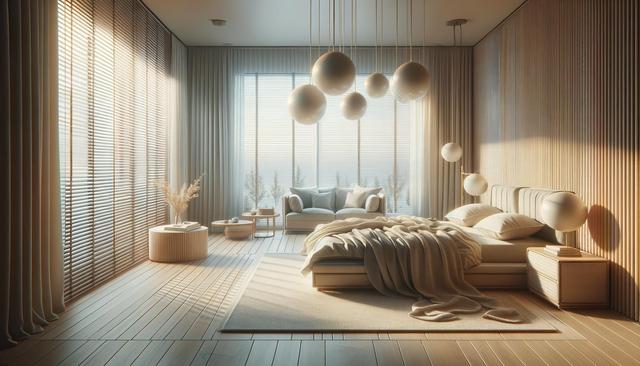Planning Your Sunroom on a Budget
Before beginning any home improvement project, especially one involving an addition like a sunroom, it is important to start with a well-thought-out plan. Establishing a clear budget early on helps guide your decisions and keeps costs in check. Start by determining the purpose of your sunroom—will it be a quiet reading nook, a casual dining area, or a space for indoor plants? Once the function is clear, focus on the essentials such as location, size, and structural requirements.
To keep expenses low, consider building the sunroom on an existing patio or deck. This can reduce foundation and flooring costs significantly. In addition, using pre-fabricated kits or modular sunroom options can offer savings on both materials and labor. It’s also beneficial to research local building codes and permit requirements to avoid unexpected fines or construction delays.
Some cost-effective planning tips include:
- Choosing a south-facing location to maximize sunlight and reduce heating needs
- Opting for standard-size windows and doors to avoid custom pricing
- Reusing existing materials or salvaging from reclamation centers
By carefully mapping out your project and focusing on budget-friendly choices, your sunroom can come together beautifully without overspending.
Choosing the Right Materials
Material selection plays a major role in the overall cost and longevity of your sunroom. While it may be tempting to choose the least expensive materials, it’s important to balance affordability with durability and energy efficiency. For example, vinyl and aluminum are both low-maintenance and budget-conscious options for framing, whereas wood offers a warm aesthetic but usually requires more upkeep.
When it comes to windows, double-pane glass provides better insulation than single-pane options and can help reduce energy bills over time. Look for windows with a high energy-efficiency rating to keep the space comfortable year-round. For flooring, consider cost-effective materials such as:
- Laminated wood or vinyl for a cozy, finished look
- Concrete with decorative staining for an industrial-modern feel
- Tile for durability and easy cleaning
Investing in materials that offer good insulation and low maintenance can result in long-term savings, making your sunroom both affordable and practical.
DIY vs. Hiring Professionals
One of the most effective ways to reduce the cost of a sunroom is to take on some of the work yourself. DIY sunroom kits are widely available and come with step-by-step instructions, making them a feasible option for homeowners with basic carpentry skills. Tasks like painting, installing flooring, or assembling furniture are also manageable for most DIYers.
However, for structural work, electrical wiring, or HVAC installation, hiring licensed professionals is generally the safest route. In these cases, labor costs can be minimized by scheduling consultations with multiple contractors to compare quotes and timelines. If you’re working with a limited budget, you might also consider hiring professionals for only the most technical parts of the build, while handling the finishing touches yourself.
Consider these factors when deciding between DIY and professional help:
- Time availability and skill level
- Local building codes and permit requirements
- Tools and equipment needed for the job
Balancing hands-on involvement with expert assistance can help ensure your sunroom is both cost-effective and up to code.
Design Ideas That Add Value Without High Costs
A sunroom doesn’t have to be extravagant to be stylish and comfortable. Thoughtful design choices can provide a high-end feel without the associated price tag. Start with a neutral color palette to create an airy, open atmosphere. Light colors reflect sunlight, making the room appear larger and more inviting. Incorporating natural elements such as plants, wicker furniture, or wooden accents can enhance the connection with the outdoors.
To create a cozy and functional space, consider the following affordable design elements:
- Sheer curtains or bamboo blinds for privacy while still letting in light
- Multi-use furniture like a daybed or bench with hidden storage
- Rugs and cushions to soften hard surfaces and add warmth
Lighting is another key feature. Use solar-powered lights or LED string lights for an economical and charming touch. Mirrors can also be strategically placed to reflect natural light and increase the sense of space. With creativity and careful selection, you can achieve a beautifully designed sunroom on a modest budget.
Maintaining Comfort Year-Round
To make your sunroom enjoyable throughout the seasons, it’s essential to address temperature control. In warmer months, ventilation is crucial. Operable windows and ceiling fans can help circulate air and prevent overheating. For colder weather, portable space heaters or electric fireplaces can add warmth without requiring a full HVAC extension.
Insulation is an important consideration that can significantly impact comfort and energy costs. If your sunroom is not fully insulated, consider adding insulated curtains or thermal blinds. Weather stripping around doors and windows can also prevent drafts and improve energy efficiency. Additionally, using indoor plants can help regulate humidity and improve air quality.
Here are a few low-cost strategies to maintain comfort:
- Install UV-blocking window film to reduce glare and heat
- Use layered textiles like throws and area rugs for added warmth
- Add a dehumidifier during humid months for moisture control
With some smart adjustments and seasonal updates, your sunroom can serve as a comfortable and inviting retreat all year long.
Conclusion: Creating a Sunroom That Fits Your Lifestyle
Adding a sunroom doesn’t have to be a costly endeavor. With careful planning, smart material choices, and a little creativity, homeowners can create a welcoming space that enhances both comfort and property value. Whether you’re handling parts of the project yourself or working with professionals, focusing on thoughtful design and year-round usability can result in a sunroom that feels like a natural extension of your home. By prioritizing affordability without sacrificing quality, your sunroom can become a cherished area for relaxation, entertaining, or simply enjoying the view.



Leave a Reply